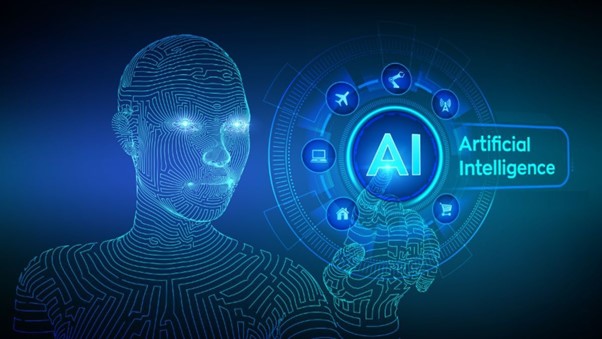Introduction: The Intersection of Art and Technology
In the realm of photography, the fusion of art and technology has always been a driving force behind innovation. From the earliest pinhole cameras to the digital revolution, photographers have continuously adapted to new tools and techniques to push the boundaries of creativity. In recent years, the emergence of artificial intelligence (AI) in photography has revolutionized the way we capture, edit, and perceive images. In this article, we’ll explore the evolution of Photo AI and its transformative impact on the world of photography.
The Early Days of Photo AI: Automating Repetitive Tasks
The roots of Photo AI can be traced back to the early days of digital imaging, where AI algorithms were first used to automate repetitive tasks such as image tagging and categorization. These early applications laid the groundwork for more advanced AI techniques, paving the way for the development of sophisticated image recognition and processing algorithms.
Advancements in Image Recognition: From Faces to Landmarks
As AI technology progressed, so too did its ability to recognize and interpret images. Early AI algorithms focused primarily on simple tasks such as facial recognition, but as computing power increased and datasets grew larger, AI became increasingly adept at recognizing complex objects and scenes. Today, AI-powered image recognition systems can identify not only faces but also landmarks, objects, and even emotions, with remarkable accuracy.
The Rise of Deep Learning: Unlocking New Possibilities
One of the most significant advancements in Photo AI has been the rise of deep learning, a subset of machine learning that uses neural networks to analyze and interpret data. Deep learning algorithms excel at recognizing patterns and features in images, allowing them to perform tasks such as image classification, segmentation, and generation with unprecedented accuracy and efficiency.
Applications of Photo AI: From Image Enhancement to Artistic Creation
Photo AI has a wide range of applications across various aspects of the photographic process, including image enhancement, editing, and artistic creation. By leveraging AI algorithms, photographers can achieve professional-quality results with minimal effort, whether it’s enhancing colors, removing blemishes, or creating entirely new images from scratch.
Image Enhancement and Editing
One of the most common applications of Photo AI is in image enhancement and editing. AI-powered tools can analyze an image and make adjustments to improve its overall quality, including adjustments to exposure, contrast, color balance, and sharpness. This allows photographers to achieve professional-grade results with just a few clicks, saving time and effort in the editing process.
Artistic Creation and Generation
Photo AI also offers exciting possibilities for artistic creation and generation. Using advanced generative models such as GANs (Generative Adversarial Networks), AI algorithms can create realistic-looking images from scratch, based on a set of input parameters or style references. This opens up new avenues for creative expression, allowing photographers to explore new styles, experiment with different compositions, and push the boundaries of their artistic vision.
Ethical and Societal Implications
While Photo AI offers tremendous potential for creative expression and innovation, it also raises important questions and considerations about its ethical and societal implications. Issues such as privacy, bias, and the role of human creativity in an AI-driven world must be carefully addressed to ensure that Photo AI technology is used responsibly and ethically.
The Future of Photo AI: Where Do We Go From Here?
As Photo AI continues to evolve and improve, the possibilities for creative expression and innovation are virtually limitless. From advancements in image recognition and generation to the emergence of AI-powered editing tools and techniques, the future of photography is looking brighter than ever before. However, it’s essential to approach the development and deployment of Photo AI technology with care and consideration, ensuring that it enhances, rather than diminishes, the artistry and humanity of photography.
Conclusion
In conclusion, Photo AI represents a groundbreaking advancement in the world of photography, offering photographers unprecedented opportunities for creativity, efficiency, and innovation. From automating repetitive tasks to generating artistic masterpieces, AI algorithms are reshaping the way we capture, edit, and perceive images. As we continue to explore the potential of Photo AI, it’s essential to embrace its evolution and harness its power to create images that inspire, captivate, and move us.




